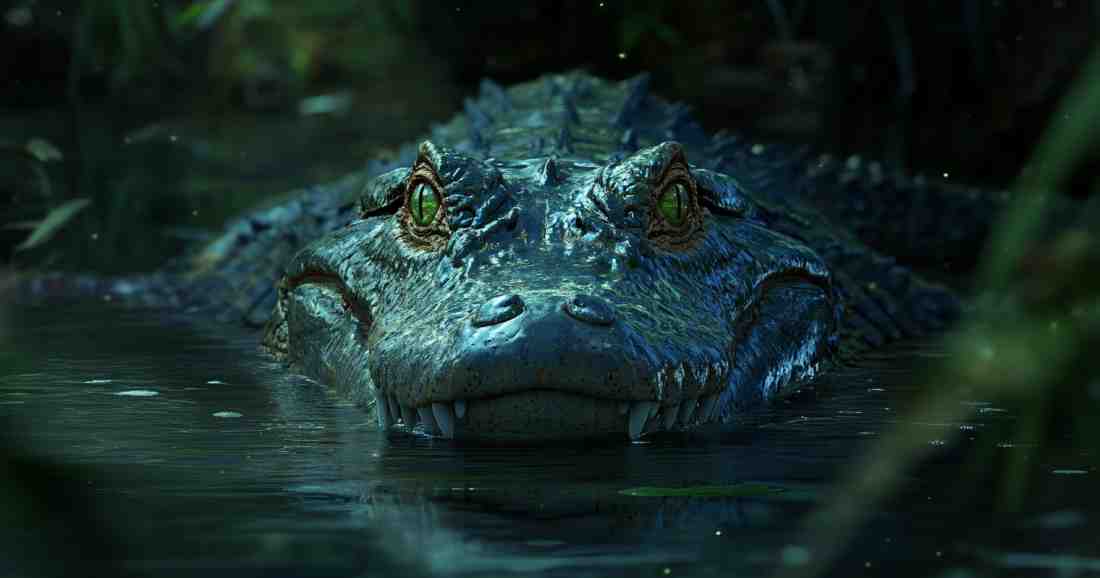
Alligator Quiz Test Your Knowledge of These Ancient Reptilian Predators! Alligators have ruled swamps and rivers for millions of years. The Alligator Quiz challenges your knowledge of these incredible reptiles, their prehistoric origins, and their astonishing adaptations. As apex predators, alligators possess powerful jaws, armored skin, and a stealthy hunting style that ensures their dominance. From their chilling death roll to their surprising parental instincts, these creatures remain some of the most fascinating members of the reptile world.
Not all reptiles share the same characteristics. Cold-blooded animals, including alligators, regulate their body temperature through external sources like the sun. Unlike snakes, they don’t rely on venom, instead using sheer strength and strategy to capture prey. Alligators and crocodiles often get confused, but key differences set them apart. Alligators have broader snouts, prefer freshwater, and tend to be less aggressive than their crocodilian cousins.
What Makes Alligators Such Unique Reptiles?
Evolution has shaped alligators into nearly perfect hunters. Reptile adaptations like night vision, pressure-sensitive sensors on their jaws, and near-invisibility in murky water make them formidable predators. Despite their fearsome reputation, alligators play a vital role in maintaining ecological balance. They help control populations of fish, turtles, and even invasive species.
Discover the Secret Lives of Reptiles
Many assume that reptiles lack intelligence, but alligators display remarkable problem-solving skills. They use tools, strategically position sticks on their snouts to lure birds, and communicate through low-frequency bellows. Unlike most reptiles, female alligators fiercely protect their eggs and young for months, ensuring a higher survival rate. Their ability to survive ice-cold temperatures by sticking their snouts above frozen water proves their resilience.
Take the Alligator Quiz Now!
Think you know everything about these prehistoric predators? The Alligator Quiz will test your knowledge of their hunting techniques, habitats, and evolutionary history. Whether you’re a reptile expert or just starting to explore the world of lizards and snake facts, this quiz will challenge and surprise you. Jump in and see how much you really know about alligators!
